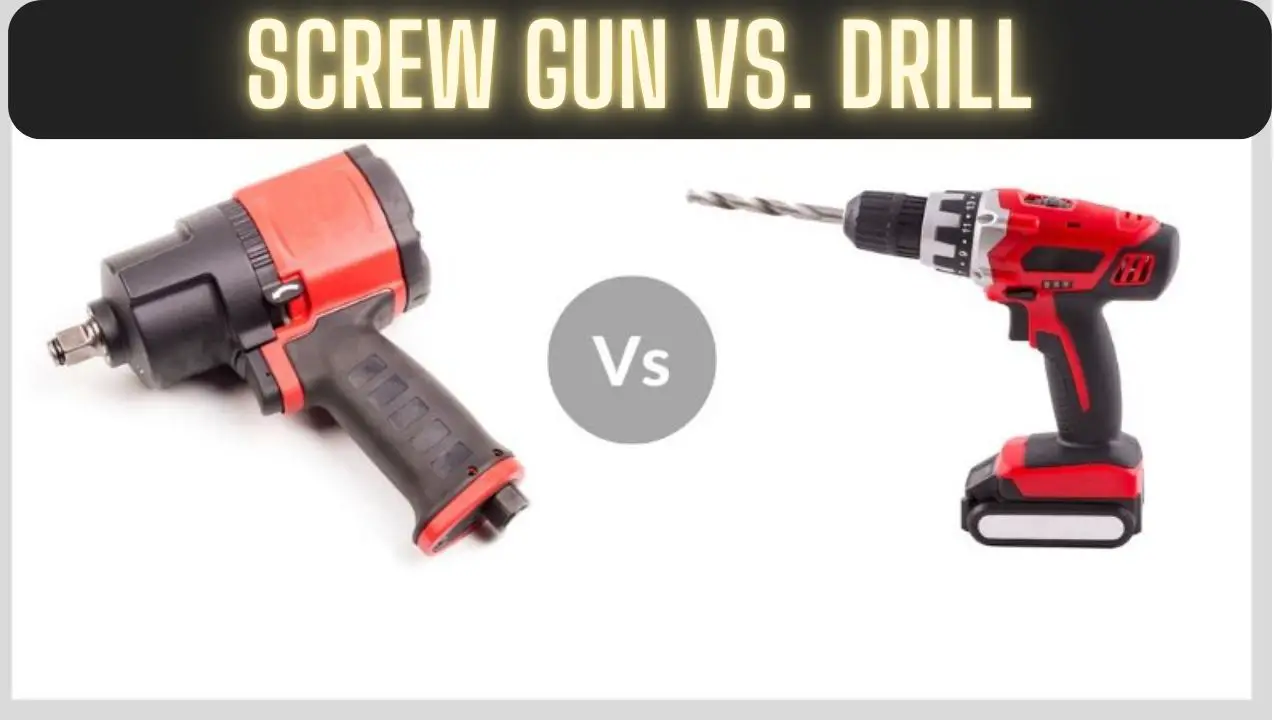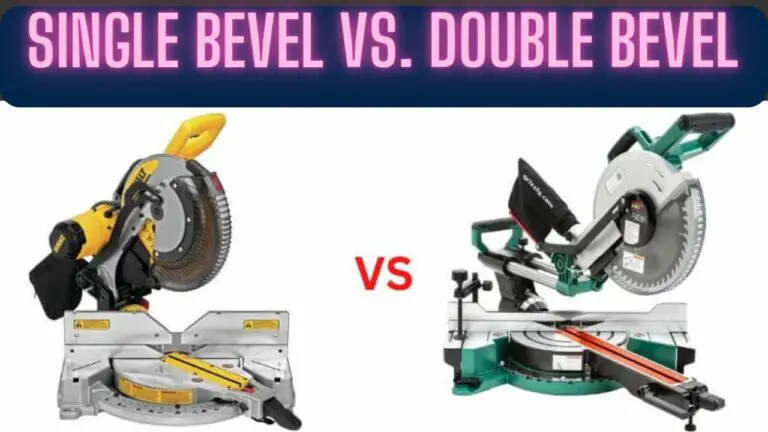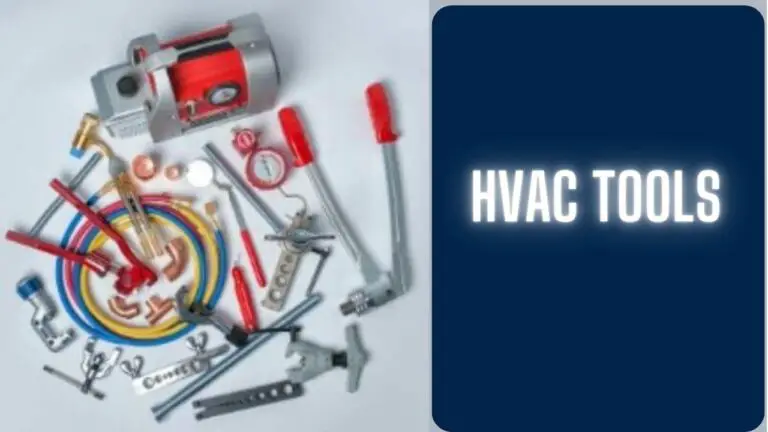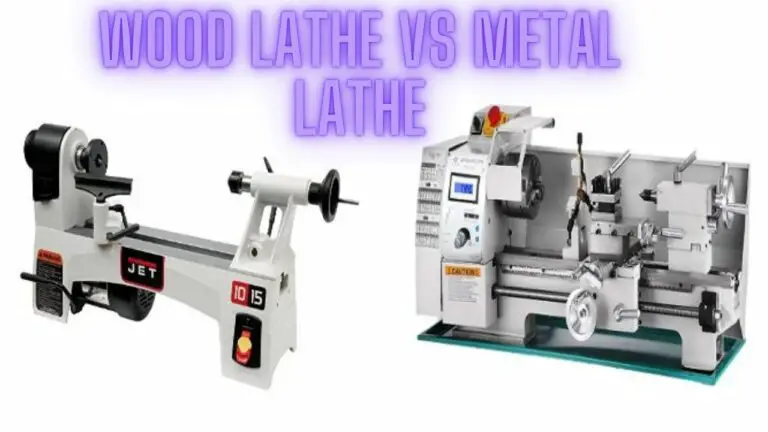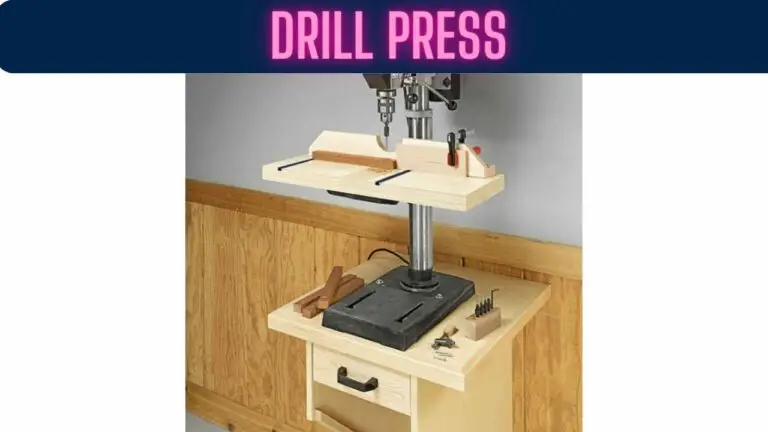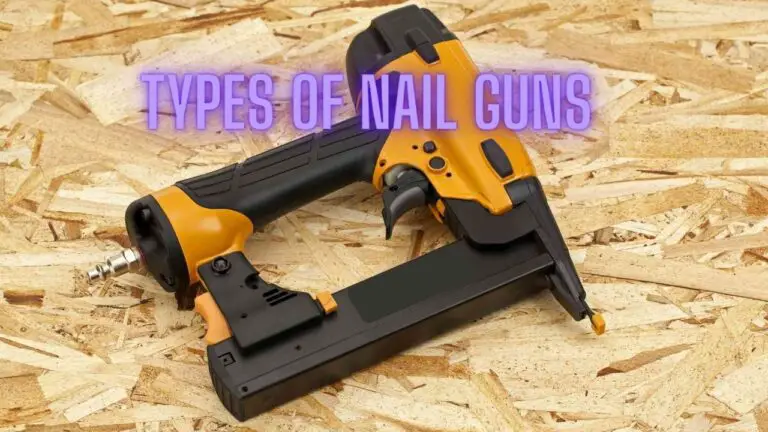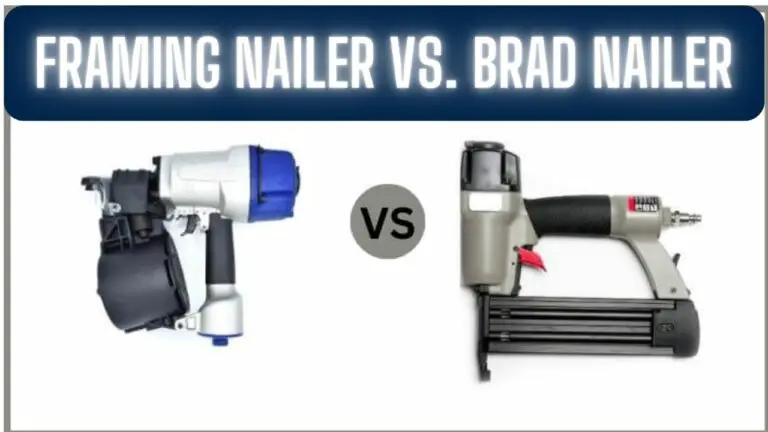Screw Gun vs. Drill: Understanding the Differences and Best Uses
Introduction
When it comes to power tools, both screw guns and drills are commonly found in the toolbox. While they might seem similar at first glance, they serve distinct purposes and excel in different applications. In this article, we’ll delve into the differences between screw guns and drills, explore their features, and discuss the scenarios where each tool shines.
Purpose and Functionality of Screw Guns and Drills
Purpose and Functionality of Screw Guns:
Screw guns are specialized tools designed primarily for driving screws efficiently and quickly. They are particularly useful in applications where large numbers of screws need to be driven rapidly, such as in construction, carpentry, and drywall installation. The key purposes and functionalities of screw guns include:
- Efficient Screw Driving: Screw guns are optimized for driving screws rapidly and consistently, often featuring adjustable speed settings to match the specific requirements of the task.
- Automatic Feeding: Many screw guns feature automatic screw feeding mechanisms, allowing users to load screws into a magazine or strip for continuous operation without the need to manually insert screws.
- Depth Control: Some screw guns offer depth control features, allowing users to adjust the depth at which screws are driven into the material, ensuring consistent and flush results.
- Comfort and Ergonomics: Screw guns are typically designed with ergonomics in mind, featuring comfortable grips and lightweight construction to reduce user fatigue during prolonged use.
- Versatility: While primarily designed for driving screws, some screw guns may also be capable of other functions such as drilling small holes, depending on the specific model and attachments available.
Purpose and Functionality of Drills:
Drills are versatile power tools used for a wide range of tasks, including drilling holes and driving screws. They come in various types, including corded drills, cordless drills, hammer drills, and impact drivers. The key purposes and functionalities of drills include:
- Drilling Holes: Drills are primarily used for drilling holes in various materials such as wood, metal, plastic, and masonry. They come with different types of drill bits to accommodate different materials and hole sizes.
- Screw Driving: While not as specialized as screw guns, drills are also capable of driving screws when equipped with the appropriate screwdriver bit. However, they may not be as efficient or optimized for this purpose as dedicated screw guns.
- Versatility: Drills are highly versatile tools that can be used for a wide range of tasks beyond drilling and screw driving. Depending on the model and accessories available, drills can be used for tasks such as sanding, buffing, mixing paint, and even as a rotary tool for intricate detailing.
- Impact Drilling: Hammer drills and impact drivers offer additional functionality for drilling into tough materials like concrete and masonry. They feature a hammering action that helps break up the material while drilling, making them suitable for more demanding applications.
- Adjustable Speed and Torque: Many drills feature adjustable speed and torque settings, allowing users to customize the tool’s performance to match the requirements of the task at hand.
- Portability: Cordless drills, in particular, offer the advantage of portability and freedom of movement since they are not tethered to a power outlet. This makes them especially useful for tasks in remote locations or where access to power may be limited.
Choosing the Right Tool: Considerations
When deciding between a screw gun and a drill, consider the following factors:
- Task: Determine whether you primarily need a tool for fastening or if you require a more versatile tool that can handle drilling and screwing.
- Volume: If your projects involve a large number of repetitive screw-driving tasks, a dedicated screw gun might be more efficient.
- Control: If you require precise control over the torque applied to screws, a screw gun with an adjustable clutch is ideal.
- Budget: If you’re on a budget or prefer a multipurpose tool, a drill might be a more cost-effective option.
Design and Construction
The design and construction of screw guns and drills play a crucial role in their functionality, durability, and user experience. Here’s an overview of the design and construction aspects of both tools:
- Screw Gun Design and Construction:
- Compact and Lightweight: Screw guns are typically designed to be lightweight and compact for ease of handling and maneuverability, especially in tight spaces or overhead work.
- Ergonomic Grip: They feature ergonomic handles or grips that are comfortable to hold for extended periods, reducing user fatigue and enhancing control during operation.
- Magazine or Strip Feed Mechanism: Many screw guns incorporate a magazine or strip feed mechanism for automatic screw feeding. This allows for continuous operation without the need to manually load screws, improving efficiency and productivity.
- Adjustable Depth Control: Some models come with depth control features that enable users to adjust the depth at which screws are driven into the material. This ensures consistent and flush screw installation.
- Durable Construction: Screw guns are typically constructed from durable materials such as metal or high-quality plastics to withstand the rigors of job site use.
- Variable Speed Control: Many screw guns offer variable speed control, allowing users to adjust the driving speed to match the requirements of the task and the type of material being worked on.
- Forward/Reverse Switch: A forward/reverse switch allows for easy switching between driving screws in and backing them out, enhancing versatility and convenience.
- Drill Design and Construction:
- Versatile Chuck Design: Drills feature a chuck mechanism that holds various types and sizes of drill bits securely in place. Keyless chucks are common in modern drills, allowing for quick and tool-free bit changes.
- Robust Motor: Drills are equipped with powerful motors capable of delivering the torque needed for drilling through various materials. The motor is often enclosed in a durable housing to protect it from dust and debris.
- Adjustable Clutch: Many drills come with an adjustable clutch mechanism that allows users to control the amount of torque applied to the screw or drill bit. This helps prevent over-tightening of screws and allows for more precise drilling.
- Variable Speed Control: Most drills offer variable speed control, allowing users to adjust the drilling speed to match the material being worked on and the type of bit being used.
- Hammer Action (in Hammer Drills): Hammer drills feature a hammering action that aids in drilling through tough materials like concrete and masonry. This hammer action is achieved through an additional mechanism within the drill.
- Corded or Cordless: Drills are available in both corded and cordless versions. Corded drills provide continuous power but are limited by the length of the power cord, while cordless drills offer greater portability and freedom of movement.
- Durable Construction: Similar to screw guns, drills are constructed from durable materials to withstand the demands of various drilling tasks.
Overall, both screw guns and drills are designed and constructed to be reliable, durable, and efficient tools for their respective purposes, with features tailored to meet the specific needs of users in different applications.
Power Sources
Screw guns and drills can be powered by different sources, each offering unique advantages and limitations. The two primary power sources for these tools are battery-powered (cordless) and corded (electric). Here’s a comparison of power sources for screw guns and drills:
- Battery-Powered (Cordless):
- Portability: Cordless screw guns and drills offer greater portability and flexibility since they are not tethered to a power outlet. This makes them ideal for use in remote locations or areas without easy access to electricity.
- Convenience: Users are not limited by the length of a power cord, allowing for greater freedom of movement and maneuverability, especially in tight spaces or overhead work.
- Versatility: Cordless models are suitable for outdoor use or in environments where power outlets may not be readily available, such as construction sites or renovation projects.
- Battery Life: The runtime of cordless tools depends on the capacity and condition of the battery. High-capacity batteries can provide longer operating times, but they may also add weight to the tool.
- Battery Replacement: Users need to have spare batteries on hand or access to charging stations to ensure uninterrupted operation, especially for tasks requiring extended use.
- Charging Time: Cordless tools require downtime for recharging batteries, which can vary depending on the charger and battery capacity. Fast-charging technologies are available to reduce downtime.
- Battery Compatibility: Some manufacturers offer interchangeable batteries that can be used across their range of cordless tools, providing convenience and cost savings for users who already own compatible batteries.
- Corded (Electric):
- Continuous Power: Corded screw guns and drills provide continuous power as long as they are plugged into a power outlet, eliminating the need to worry about battery life or downtime for recharging.
- Consistent Performance: Corded tools offer consistent performance without the need to monitor battery levels or adjust for power fluctuations.
- High Power Output: Electric models typically offer higher power output compared to their cordless counterparts, making them suitable for heavy-duty applications or tasks requiring sustained high torque.
- Unlimited Runtime: Since corded tools are powered directly from the mains electricity supply, they can operate continuously without the need for battery changes or recharging.
- No Battery Weight: Corded tools tend to be lighter since they do not require onboard batteries, reducing user fatigue during prolonged use.
- Limited Mobility: The primary limitation of corded tools is their dependence on a nearby power outlet, which can restrict mobility and limit their use in certain situations or locations without access to electricity.
- Potential Cord Hazards: The power cord can be a tripping hazard and may limit maneuverability, especially in cluttered or confined workspaces.
Ultimately, the choice between battery-powered (cordless) and corded screw guns and drills depends on factors such as intended use, mobility requirements, runtime considerations, and personal preferences.
Applications and Use Cases
Screw guns and drills are versatile tools used in various applications across construction, woodworking, DIY projects, and more. Here’s a breakdown of their typical applications and use cases:
- Screw Gun Applications:
- Drywall Installation: Screw guns are commonly used in drywall installation for quickly driving screws into drywall panels, studs, and framing members. The automatic screw feeding mechanism allows for fast and efficient installation of large quantities of screws.
- Cabinet Installation: In carpentry and cabinetry work, screw guns are used for assembling and installing cabinets, drawers, shelves, and other furniture components. They provide precise control over screw depth and alignment, ensuring professional-quality results.
- Decking and Framing: Screw guns are used in outdoor construction projects such as decking and framing for driving screws into wood or composite materials. They help streamline the installation process and ensure consistent screw placement.
- Metal Framing: In metalworking applications, screw guns equipped with suitable fasteners are used for assembling metal frames, studs, and structures. They provide the speed and accuracy required for efficient metal framing.
- HVAC and Electrical Work: Screw guns are used by HVAC technicians and electricians for mounting ductwork, electrical boxes, conduit, and other fixtures. The ability to drive screws quickly and accurately is essential in these applications.
- Fencing and Railing Installation: In fencing and railing projects, screw guns are used for attaching fence panels, balusters, rails, and other components to posts and frames. They offer fast and reliable screw driving, even in challenging outdoor conditions.
- Assembly and Manufacturing: Screw guns are utilized in assembly lines and manufacturing facilities for fastening components, securing parts, and assembling products across various industries such as automotive, aerospace, electronics, and furniture manufacturing.
- Drill Applications:
- Hole Drilling: Drills are used for drilling holes in various materials including wood, metal, plastic, and masonry. Common applications include drilling holes for screws, bolts, dowels, and cable routing.
- Woodworking: Drills are indispensable tools in woodworking for tasks such as doweling, mortising, countersinking, and pilot hole drilling. They are used in furniture making, cabinetry, joinery, and other woodworking projects.
- Metalworking: In metal fabrication and machining, drills are used for drilling precision holes in metal sheets, plates, bars, and profiles. Metalworking drills are designed to withstand the high temperatures and cutting forces generated during drilling.
- Concrete and Masonry Work: Hammer drills are employed in construction and renovation projects for drilling holes in concrete, brick, stone, and other masonry materials. They utilize a hammering action to break up tough materials while drilling.
- Installation and Assembly: Drills are used in various installation and assembly tasks such as mounting fixtures, hardware, shelves, brackets, and fasteners. They provide the necessary drilling power and torque for secure and reliable installations.
- Maintenance and Repair: Drills are commonly used for maintenance and repair tasks in automotive, plumbing, electrical, and HVAC systems. They are versatile tools for removing fasteners, tapping threads, and performing general repairs.
- DIY Projects: Drills are essential tools for DIY enthusiasts and homeowners for a wide range of projects including home improvement, renovations, woodworking, crafting, and hobbyist projects.
Both screw guns and drills are indispensable tools in construction, manufacturing, maintenance, and DIY projects, offering efficiency, precision, and versatility in a wide range of applications.
Advantages and Disadvantages
Here are the advantages and disadvantages of screw guns and drills:
Advantages of Screw Guns:
- Efficiency: Screw guns are specifically designed for driving screws quickly and efficiently, making them ideal for tasks that involve a large volume of screws, such as drywall installation or cabinet assembly.
- Automatic Feeding: Many screw guns feature automatic screw feeding mechanisms, allowing for continuous operation without the need to manually load screws, which saves time and effort.
- Consistency: Screw guns provide consistent screw depth and alignment, resulting in professional-quality results with minimal effort.
- Ease of Use: With ergonomic grips and lightweight designs, screw guns are comfortable to use for extended periods, reducing user fatigue.
- Specialized Functionality: Screw guns excel at driving screws into various materials, including wood, metal, and drywall, providing versatility for different applications.
Disadvantages of Screw Guns:
- Limited Functionality: Screw guns are specialized tools designed primarily for driving screws and may not be suitable for tasks that require drilling holes or other functions.
- Dependency on Screws: Screw guns are dependent on screws as fasteners, so they may not be suitable for applications that require other types of fasteners or attachments.
- Initial Investment: High-quality screw guns with advanced features can be expensive, especially for professional-grade models.
- Maintenance: Screw guns require regular maintenance to ensure optimal performance, including cleaning, lubrication, and occasional adjustment of the feeding mechanism.
Advantages of Drills:
- Versatility: Drills are versatile tools that can be used for drilling holes, driving screws, and other tasks with the appropriate attachments, making them indispensable in various applications.
- Wide Range of Materials: Drills can drill holes in a wide range of materials, including wood, metal, plastic, and masonry, providing flexibility for different projects.
- Powerful Performance: Drills are equipped with powerful motors capable of delivering high torque, making them suitable for heavy-duty drilling tasks.
- Availability of Accessories: Drills are compatible with a wide range of accessories, including drill bits, screwdriver bits, hole saws, and sanding attachments, enhancing their versatility and functionality.
Disadvantages of Drills:
- Complexity: Drills may have a steeper learning curve compared to screw guns, especially for beginners, due to their multifunctionality and the need to select the appropriate settings and attachments.
- Less Efficient for Screw Driving: While drills can drive screws, they may not be as efficient or specialized for this task as dedicated screw guns, especially for high-volume screw driving.
- Weight: Corded drills can be heavier due to the presence of a power cord, which may increase user fatigue during prolonged use.
- Noise and Vibration: Drills can generate noise and vibration during operation, which may be a concern in certain environments or for users sensitive to noise.
Overall, both screw guns and drills have their unique advantages and disadvantages, and the choice between them depends on the specific requirements of the task, the materials being worked with, and the user’s preferences.
Differences between Screw Gun vs. Drill
Screw guns and drills may look similar, but they have distinct features and are designed for different tasks. Here are the key differences between screw guns and drills:
1. Functionality:
- Screw Gun: A screw gun is primarily designed for fastening tasks. It’s optimized for driving screws quickly and efficiently into various materials.
- Drill: A drill is a versatile tool that can both drill holes and drive screws. It has a wider range of applications, making it suitable for drilling into various materials and handling screw-driving tasks.
2. Torque Control:
- Screw Gun: Screw guns often feature an adjustable torque control or clutch. This allows you to set the desired torque level, preventing over-tightening or stripping of screws.
- Drill: While some drills also have adjustable torque settings, they may not provide the same precise control as dedicated screw guns.
3. Speed and Efficiency:
- Screw Gun: Screw guns are designed for high-speed fastening. They can drive screws rapidly and consistently, making them ideal for projects that involve a large volume of screws.
- Drill: Drills offer variable speed settings, which can be adjusted for drilling holes or driving screws. While they can handle screw-driving tasks, they might not be as fast as dedicated screw guns.
4. Screw-Feeding Mechanism:
- Screw Gun: Some advanced screw gun models come with a built-in screw-feeding mechanism. This feature automatically feeds screws to the bit, enhancing efficiency in repetitive tasks.
- Drill: Drills typically do not have a screw-feeding mechanism, as they are more focused on drilling and versatile applications.
5. Versatility:
- Screw Gun: Screw guns are specialized tools designed primarily for screw fastening. They are less versatile compared to drills.
- Drill: Drills are versatile tools that can be used for drilling holes of various sizes and depths, as well as driving screws. They are more adaptable to different tasks.
6. Precision:
- Screw Gun: Screw guns offer precise torque control, which is beneficial for applications that require consistent and controlled screw fastening.
- Drill: Drills might not provide the same level of precision as screw guns when it comes to torque control during screw driving.
7. Applications:
- Screw Gun: Ideal for tasks like drywall installation, deck construction, cabinet assembly, and any project involving repetitive screw fastening.
- Drill: Suitable for drilling holes in various materials, general screw driving, DIY projects, home repairs, and tasks that involve a mix of drilling and fastening.
8. Weight and Size:
- Screw Gun: Screw guns are often lightweight and compact, as they are optimized for speed and ease of use in fastening applications.
- Drill: Drills may be slightly bulkier due to the added versatility and the need to accommodate different drill bits.
Screw Gun vs. Drill FAQS
What is a screw gun used for?
A screw gun is primarily used for quickly and efficiently driving screws into various materials, such as wood, drywall, and metal.
What is a drill used for?
A drill is a versatile tool used for drilling holes in various materials and driving screws. It offers a wider range of applications compared to a screw gun.
Can I use a screw gun as a drill?
While some screw guns might have limited drilling capabilities, they are not designed for drilling holes. Using a screw gun for drilling tasks may not provide optimal results.
Can I use a drill as a screw gun?
Yes, a drill can be used as a screw gun for driving screws. However, a dedicated screw gun might provide faster and more efficient screw driving, especially in high-volume projects.
Can a screw gun replace a drill?
For tasks that involve mainly screw driving, a screw gun can be a specialized replacement for a drill. However, if you need to drill holes as well, a drill’s versatility remains valuable.
Which tool is better for woodworking projects?
Both screw guns and drills can be used for woodworking. A screw gun is particularly efficient for fastening tasks, while a drill is essential for drilling holes and driving screws.
Which tool is better for DIY projects?
For DIY projects that involve a mix of drilling and screw driving, a drill is a versatile choice. If your DIY project primarily involves screw fastening, a screw gun might be more efficient.
Can I adjust the torque on a screw gun?
Yes, many screw guns come with an adjustable torque control or clutch. This allows you to set the desired torque level for consistent and controlled screw fastening.
Are drills more expensive than screw guns?
The cost of drills and screw guns can vary based on brand, features, and quality. Generally, advanced drills with variable speed settings and more capabilities might be slightly more expensive.
Can I use a screw gun for heavy-duty projects?
Screw guns are suitable for heavy-duty fastening tasks, such as deck construction and cabinet installation. However, for heavy-duty drilling tasks, a drill might be more appropriate.
Do screw guns come with automatic screw-feeding mechanisms?
Some advanced screw gun models come with built-in screw-feeding mechanisms that automate the screw-driving process. These are particularly useful for high-volume projects.
Can I use a drill for professional construction work?
Yes, drills are commonly used in professional construction work for drilling holes and driving screws. However, specialized screw guns might be preferred for certain fastening tasks.
Which tool is better for speed and efficiency?
Screw guns are designed for high-speed screw driving, making them highly efficient for tasks that involve a large volume of screws.
Can I use a drill for masonry or concrete drilling?
Yes, drills can be equipped with masonry drill bits to drill into materials like concrete and masonry. However, dedicated hammer drills are more suitable for heavy-duty masonry drilling.
Which tool should I choose: screw gun or drill?
Choose based on your specific tasks. If you need specialized and efficient screw fastening, a screw gun is ideal. If you need a versatile tool for drilling and screw driving, a drill is the better choice.
Conclusion
In the showdown between screw guns and drills, both tools have their strengths and purposes. A screw gun excels in high-volume fastening tasks with precision, while a drill offers versatility for drilling and a range of screw-driving tasks. Understanding the differences and your specific needs will guide you to the right tool that enhances your efficiency and effectiveness in your DIY and construction projects.

